No products in the cart.
Return To Shop
How Should You Water Cannabis for Optimal Plant Growth
Proper hydration is crucial for the overall health and vitality of not only human beings but also plants, as well as their growth and yield potential. In addition to light and soil, water is another crucial factor that determines how your cannabis grows. In this comprehensive guide, we will talk about various aspects of watering cannabis, including the best time to water houseplants, how much water the plant needs, and some best practice. Whether you are a beginner or an experienced grower, this article will provide you with a thorough guide to optimize your watering routine and achieve thriving cannabis plants.
Table of Contents
What Is the Best Time to Water Your Cannabis
For outdoor cannabis, the best time to water cannabis is in the early morning before the sun is out or evening when the sun is setting. During these times, temperatures are cooler, allowing the roots to absorb and retain water more efficiently. However, the temperature can have an impact on when to water cannabis.
In warmer months, it’s recommended to water in the evening, as it allows the plants to replenish their moisture levels before the night. However, in winter, avoid cannabis watering at night, as cold water can harm the roots.
When growing cannabis indoors, you have more control over environmental factors such as temperature and light. If possible, water the plants with the lights off to minimize water loss due to direct light. If that’s not feasible, water the plants under direct light last and promptly turn off the light.
Additionally, monitoring the soil’s moisture level is essential. If the soil is still wet, it’s best to wait until it starts to dry before watering again. To check soil moisture, you can compare the pot’s weight when the soil is dry to when it’s wet or insert a finger about 5 cm deep into the soil to assess its dryness.
Understanding How Much Water Does Marijuana Need
Generally speaking, marijuana is considered a high-water-use plant. When cultivated outdoors, research indicates a cannabis plant consumes around 22.7 liters (6 gallons) of water per day. Indoor weed growing requires less water but still a lot more than regular crops.
In addition to indoor and outdoor cultivation, the amount of water required for cannabis can vary based on several factors.
- Temperature plays a significant role in watering cannabis. Warmer temperatures increase water requirements, especially during the vegetative and blooming phases.
- Humidity also influences water requirements. High humidity levels result in decreased water needs, particularly during the seedling stage. In contrast, low humidity levels may necessitate additional watering or the use of a grow tent humidifier to maintain suitable moisture levels.
- The growth stages of marijuana plants. Younger plants require less water and less frequent watering, while plants in the vegetative and flowering phases have increased water demands.
To determine the right amount of water for your marijuana plants, consider the size of the containers or growing space. As a general rule, water the plants thoroughly until you see water draining from the bottom of the containers. In terms of the watering frequency, you can follow the chart below and water your weed plants based on their growth stage.

source: leafy.com
Best Practice for Watering Cannabis
Now you know when and how much to water cannabis, are there any watering tricks to employ? We’ve gathered some commonly used techniques in the following:
Hand Watering: This most traditional and straightforward method involves manually watering the plants using a watering can, hose, or similar tools. Aim the water toward the base of the plant and that’s all.
Spraying: This is a common method used for watering young cannabis plants, particularly during the early stages when their delicate roots are susceptible to damage. Using a spray nozzle is preferable over a watering can, whether you’re growing marijuana indoors or outdoors. The gentle spray minimizes the risk of overwhelming the seedlings and damaging their fragile structure.
Soaking: Soaking involves fully saturating the growing medium, ensuring that water reaches deep into the root zone. This technique encourages the roots to grow downward in search of moisture, which can be particularly useful for establishing a strong root system during the early stages of plant growth.
Drip Irrigation: Drip irrigation systems provide a controlled and precise method of delivering water to plants. They consist of a network of tubes or pipes with emitters or drippers that release water slowly and steadily near the plant’s base. Drip irrigation ensures targeted hydration while minimizing water wastage.

drip irrigation
Bottom Feeding: Also known as sub-irrigation, bottom feeding involves placing the pots or containers in trays or saucers filled with water. The plants absorb water through capillary action, drawing it up from the bottom. This technique can help promote efficient water uptake and prevent excessive runoff.
Signs of Overwatering & Underwatering
Finding the right balance in cannabis watering can be a challenge, as both overwatering and underwatering have negative effects on the weed. Luckily, if you can identify the signs of overwatering and underwatering cannabis, you stand a bigger chance of preventing potential damage. Let’s check them out:
Symptoms of Overwatering Cannabis
Wilting: While it may seem counterintuitive, overwatered plants can actually exhibit wilting. This is because excessive water causes the roots to become waterlogged, inhibiting their ability to take up oxygen and nutrients.
Yellowing Leaves: Overwatering can lead to yellowing of leaves, particularly in the lower parts of the plant. The leaves may also appear limp and feel soft to the touch. You may also notice cannabis leaves curling up sometimes.

cannabis leaves curling up
Root Rot: Overwatering creates a waterlogged environment that promotes the growth of harmful fungi and bacteria. This can lead to root rot, characterized by a foul smell and roots that appear brown, slimy, or mushy.
Slow Growth: Overwatered plants often exhibit stunted or slow growth. Excessive moisture can hinder nutrient uptake and inhibit root development, resulting in reduced overall plant growth.
Mold and Fungus: Excess moisture on the leaves or in the growing medium can create a favorable environment for the growth of mold and fungus. Look out for fuzzy white or gray moldy weed, as well as dark spots or powdery mildew on the leaves.
Symptoms of Underwatering Cannabis
Dry and Crispy Leaves: Underwatered plants tend to have dry, brittle leaves that appear wilted and lack vitality. The leaves may curl or show signs of browning around the edges.
Drooping: When plants lack sufficient water, they often droop as a protective mechanism to conserve moisture. The leaves may appear limp and lose their turgidity.
Dull or Pale Appearance: Leaves of underwatered plants may appear dull, with a lack of vibrancy or healthy green color. They may also show signs of yellowing or browning.
Increased Sensitivity to Stress: Underwatered plants are more susceptible to stress from heat, cold, pests, and diseases. They have a reduced ability to recover from external pressures due to their compromised hydration status.
FAQs about Watering Cannabis
- How much water should I give my cannabis?
The water needs of cannabis can vary depending on factors such as stage of growth, environmental conditions, and growing medium. As a general guideline, water thoroughly until you see runoff, and then allow the top inch of the soil to dry out before watering again. Adjust the amount of water based on the specific needs of your plants.
- Can you water cannabis too much?
No, it’s not suggested to water too much to your cannabis. Overwatering can lead to root issues, nutrient deficiencies, and the development of mold or fungus, as explained above.
- Is dry or overwatered cannabis better?
Neither dry nor overwatered cannabis is ideal. Both conditions can negatively impact plant health and productivity. It’s better to provide adequate hydration without drowning the roots or allowing the plant to become dehydrated.
- Should you water cannabis plants from the top or bottom?
Watering from the top is the most common method for cannabis plants. It allows water to penetrate the growing medium and reach the roots effectively. However, bottom watering can also be used, especially with the use of trays or saucers. Bottom watering allows the plants to draw water through capillary action.
- How to add minerals when watering cannabis?
Minerals can be added to the water when watering cannabis through the use of nutrient solutions. These solutions contain essential minerals and nutrients that support healthy plant growth. Follow the instructions provided with the specific nutrient solution and adjust the dosage based on the stage of growth and the manufacturer’s recommendations.

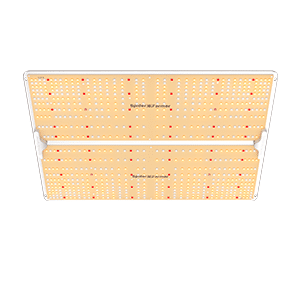
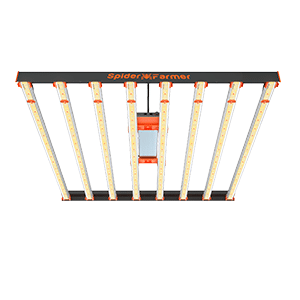
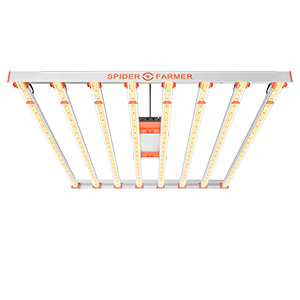
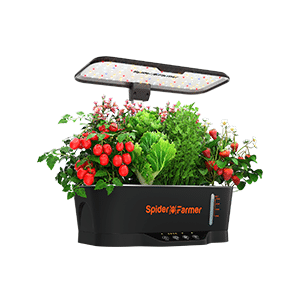



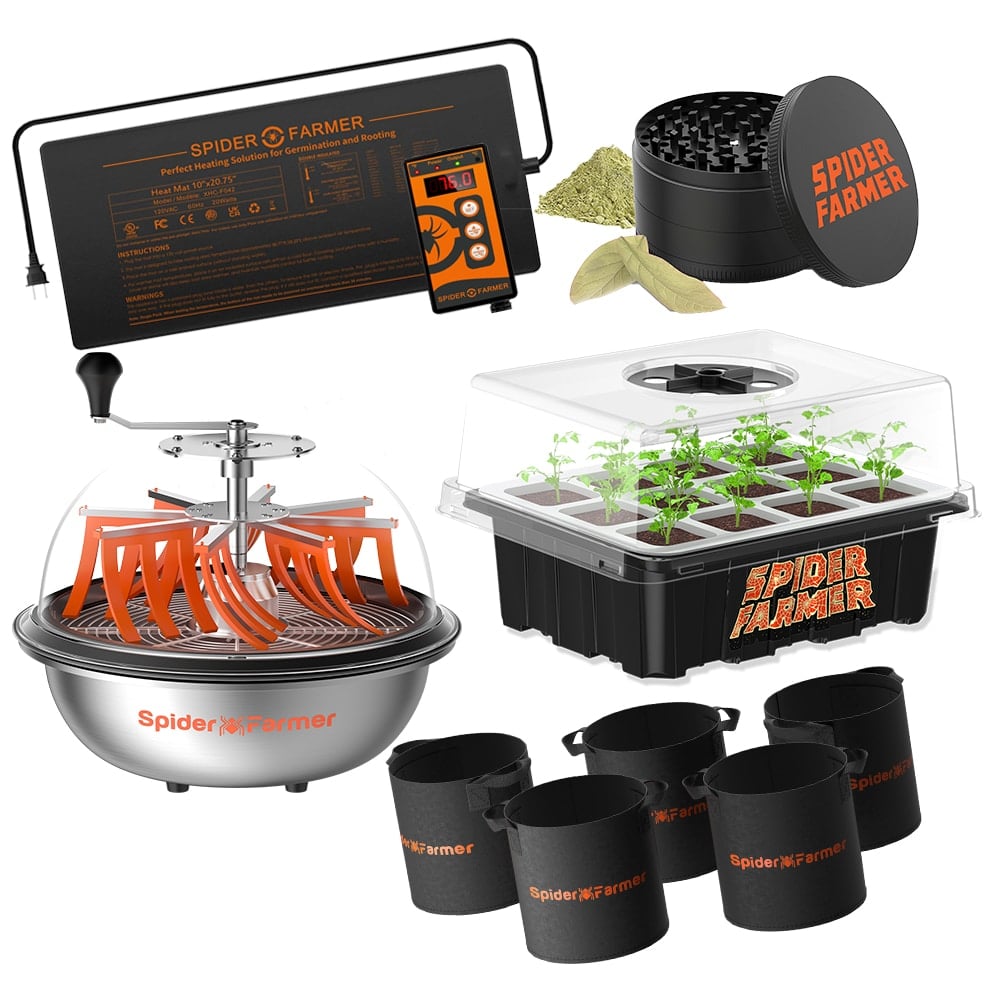




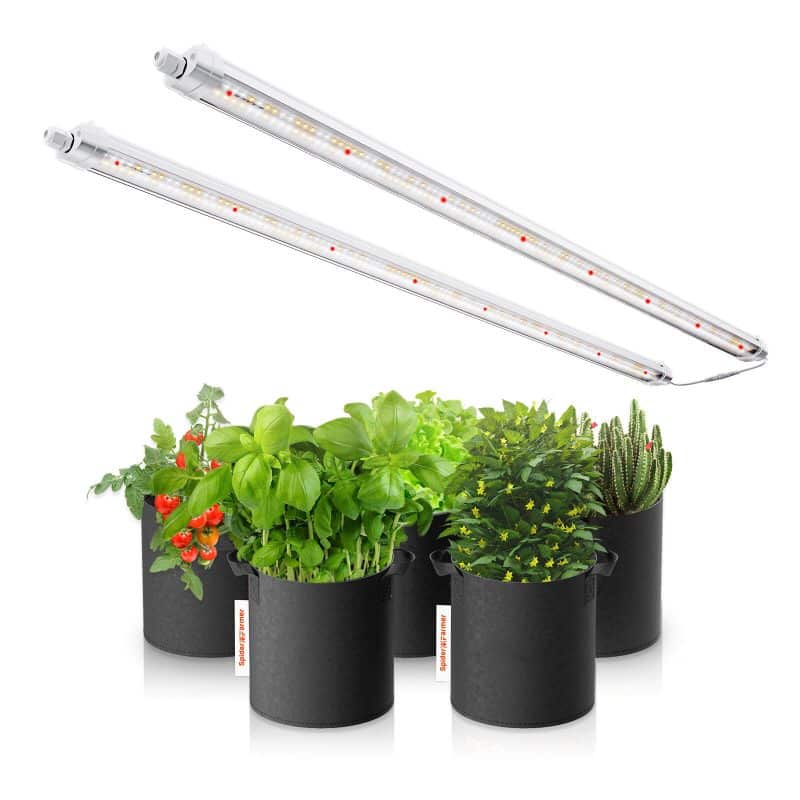
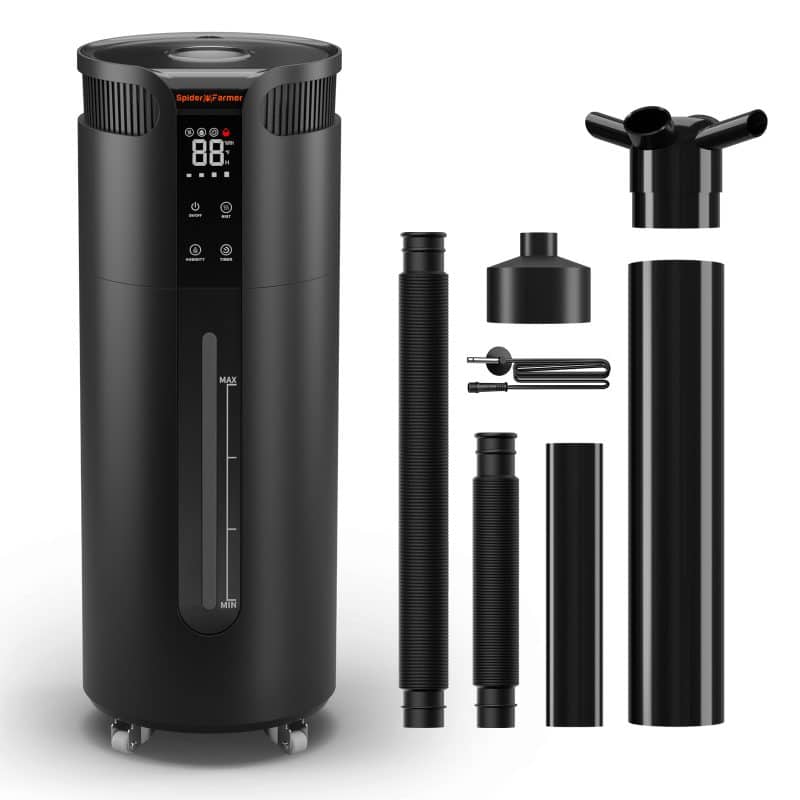
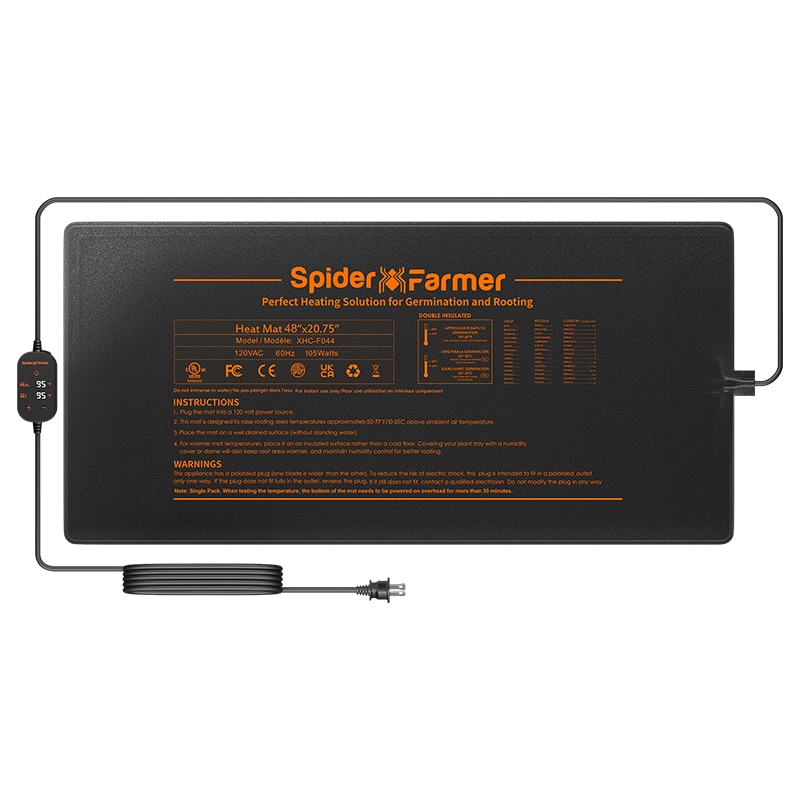

3 comments on “Ultimate Guide on Watering Cannabis: Best Time & How to”
Arthur Hunt
This is very helpful!
Tony
A lot of helpful information
Sue
Outstanding guide, charts spell out everything.